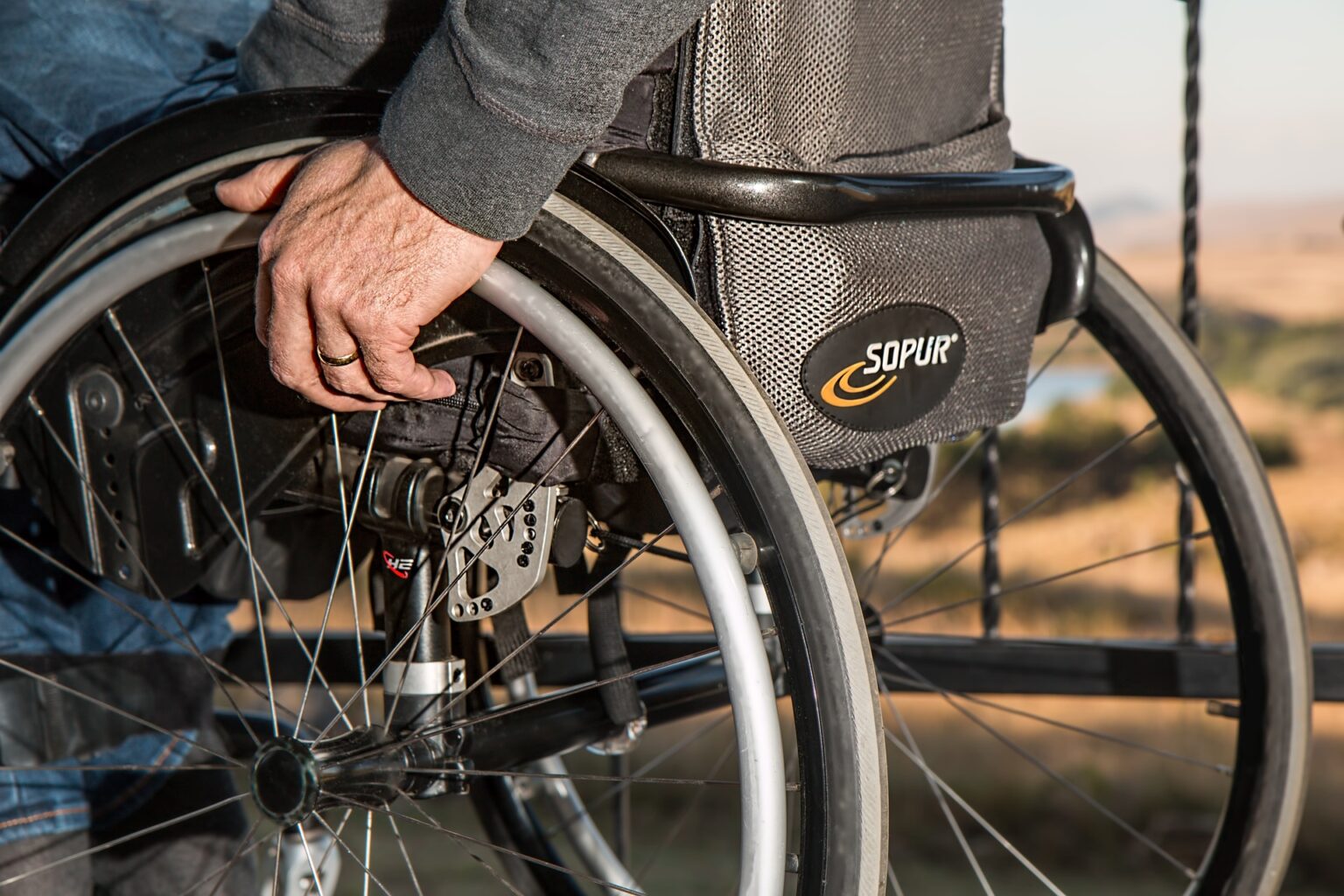Stay Engaged to Save Lives at Work
As an inspirational safety speaker, I know all too well that the safety industry has traditionally focused on force feeding workers a diet of safety posters, safety lectures, safety demonstrations and horrific tales of gruesome injuries about “someone else.” It is a multi-pronged attack that checks all the right compliance boxes. This approach often causes people to disengage.
Part of the problem stems from the traditional “blue collar” and “white collar” designations. Those who toil on the job are often viewed as having less of an ability to personalize safety messages as the folks in the air-conditioned offices. Having been “a worker” and “an executive,” I knew this bias was untrue. In fact, when “safety” gets divided into “them” and “us,” it often results in more injuries throughout the organization. Scientific research backs me up.
Safety is a Story
The frontal lobe is one of seven parts of our brains. It is where we do our higher reasoning, however, appealing to only reason does little to drive a message home. This is not a new fact. It’s been around for centuries.
For example, when workers pass one of those safety posters with the stick figures lifting the wrong way, it does practically nothing for engagement. Even when the posters have info-graphics as to lifting, pushing and pulling statistics, no one fully takes that into their memory.
Telling a worker that in 2018, nearly 300,000 workers (based on National Safety Council statistics) were badly injured by incorrectly lifting does little good, if he or she didn’t know any of the injured people.
If the “blue collar” workers are found to disengage from safety messages, those in the office aren’t faring better. For example, Automotive Fleet magazine (May 25, 2018) explained that commercial automotive fleet accident rates have risen to almost 20 percent of all automobile accidents. The reasons aren’t faulty tires or winter storms, but far more basic, “…the No. 1 factor contributing to the increase in accidents continues to be distracted driving, especially among company drivers. Employees use company vehicles as their mobile offices and multitask while driving, which creates more opportunities for distraction.”
The same executives who stress workers aren’t being mindful on the job are themselves not mindful when they are driving to sales calls, job sites or to and from the office. Who’s to blame for the lack of safety engagement? Perhaps we should put the biggest blame on our amazing brains.
While there is a part of the brain that remembers facts and stick figures crying “Ouch!” it doesn’t prevent someone from lifting the wrong way or getting into an accident when driving while on their smartphone. Am I saying posters or classes are useless? Not at all. They can reinforce the story, but they are not the story. The inspirational safety story is a memorable story.
Engagement Demands “Why”
I am a safety statistic and safety storyteller. On November 3rd, 1984, I was a passenger in a friend’s car. As an athlete and martial artist, I guess I thought accidents happened to other people. Despite everything I had seen, heard and read I decided to not wear a seatbelt for a short ride down the beach. My friend lost control of the vehicle and I broke two vertebrae in my neck and suffered a serious spinal cord injury. I went from an athlete and martial artist to being diagnosed a quadriplegic confined to a wheelchair. It is an intensely personal safety story and it is impactful for my audiences.
A safety story, up close and personal, is the best way to engage the entire brain, along with the other tools. Our brains are more likely to wire in information when it is tied to emotion. What engages us is that personal connection.
My mission is to tell that story, and help every employee develop a safety mindset and safety vision, with the determination to make safety a daily part of their story.
Contact Scott Burrows, Inspirational Safety Speaker through this website or call us at: (520) 548-1169



